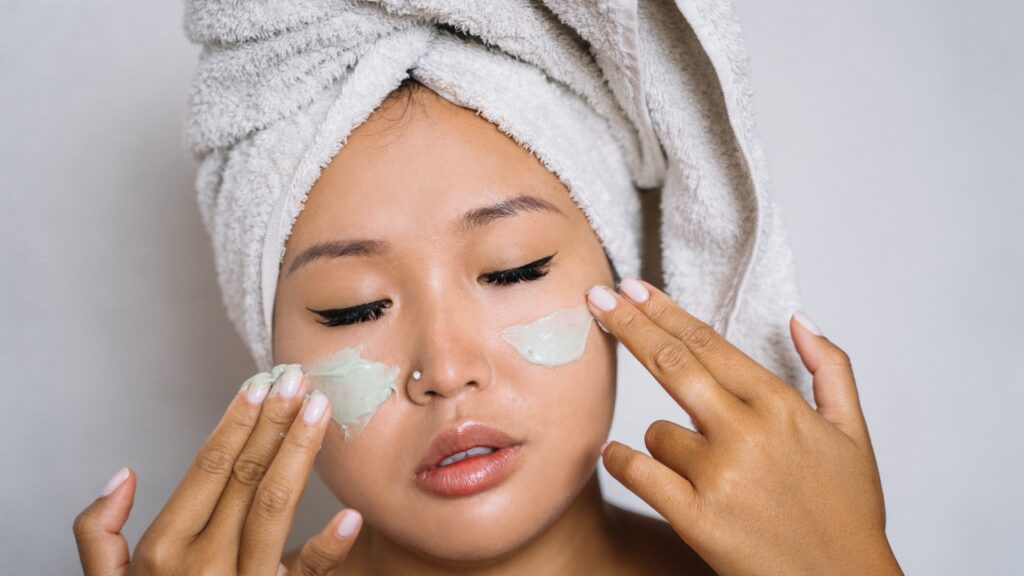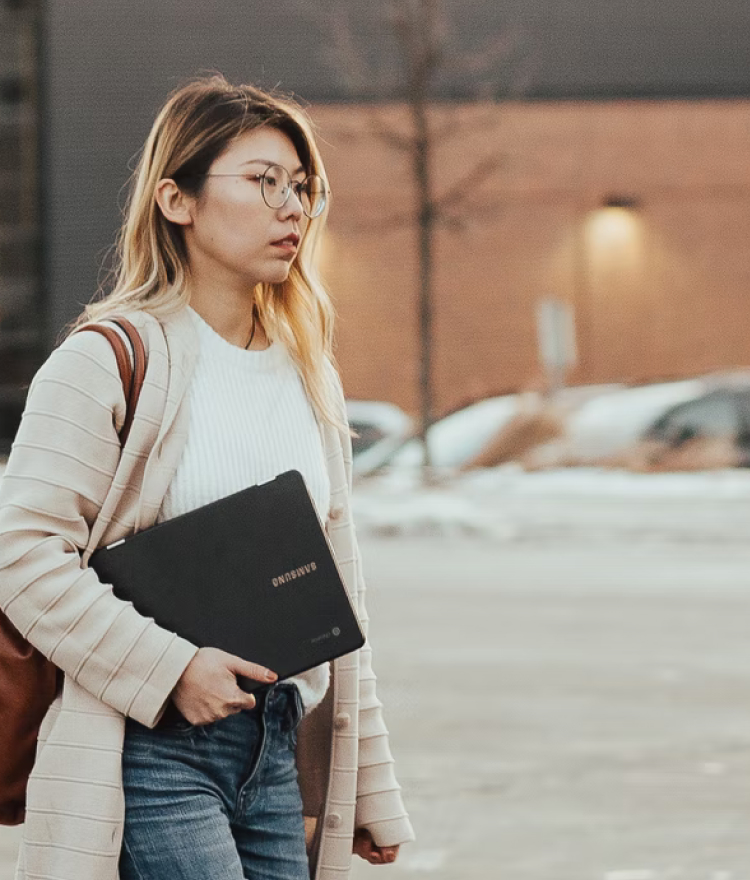Our skin is the largest organ of our body. Like the diversity of our heritage, our skin is unique and our skin tones range from light to dark. That variation makes it confusing for us to understand how to keep our skin healthy and looking fresh. Here’s our curated understanding of Asian skin after combing through advice from board certified dermatologists specializing in Asian skin.

Our skin is melanin-rich and prone to hyperpigmentation
Regardless if you have a light, dark or in-between skin tone, our skin is melanin-rich. Meaning, our skin has an increased amount of melanin (or dark brown pigment) as well as the melanin-producing cells known as melanocytes. Even light-skinned Asians have more melanocytes than most Caucasians.
Melanocytes are more sensitive to UV light and stimulated to make brown pigment in response to skin irritation or inflammation such as pimples, insect bites, rashes, cuts and scratches. Sunlight, irritation, inflammation and trauma, will result in more brown pigment (darkening) in Asian skin as compared to Caucasian skin – think dark patches, freckles and ages spots.
Our skin is sensitive and oilier
Asian skin scars more easily, especially acne scars. The reason is that Asian skin has a thin stratum corneum, the outermost layer of the epidermis, consisting of dead cells. The stratum corneum acts as a barrier to protect underlying tissue. Having a thinner stratum corneum means that our skin is vulnerable and harder to heal completely. Heat, cold and chemicals can irritate our skin. Protecting our outer skin and carefully treat acne are ways to mitigate scaring.
A conundrum for us is that our skin tend to have excess sebum levels, or oilier, which make it more prone to acne and breakouts. While oil production is a natural process to make our skin supple and smooth, more oil glands in our skin produces excess oil. The humidity in the air can also cause our oil glands to overact. When oily skin can enlarge our pores, it is easier for acne to develop.
Our skin loses moister more easily
Asian skin loses moisture more easily. Dermatologists use the term “Trans-epidermal Water Loss” (TEWL) to measure the amount of moisture that the body loses under non-sweating conditions. Some studies have shown that the values measured in Asian skin are the highest compared to others. To hydrate our skin, moisturizers that are rich in water-binding ingredients are beneficial.
Our skin ages slower
Our skin ages slower due to a thicker dermis. Our dermis have larger and more numerous collagen-producing cells, known as fibroblasts, in the second layer of our skin. The extra fibroblasts produce extra collagen which helps to preserve our skin’s elasticity, such that there is less wrinkling and sagging from aging and sun damage.
However, the downside to having more collagen-producing fibroblasts in the dermis is the tendency for our skin to form thick, rubbery keloid scars after a skin injury, such as surgery. Keloid scars can grow to be even larger than the original wound.
How our skin ages
We show signs of skin aging much later, about 10-20 years later than Caucasians. Signs of early aging begin with appearances of brown spots and discoloration of the skin. Our skin then progresses to rougher skin with uneven texture. Our skin sags when we lose elasticity and experience the pull of gravity, resulting a falling down of the midface. Our face further experience flattening of the cheeks under the eyes and sagging of both the upper and lower eyelids. We commonly see jowls or sagging at the jawline and upper and lower eyelid bags. Our eyes also gradually appear smaller due to drooping of the upper eyelids. Wrinkles are a much later sign of aging for us.
Two types of aging
Chronologic or intrinsic aging that occurs naturally with the passage of time is the first type of aging. The skin is usually unblemished with only fine wrinkles and loss of fat or thinning of the skin. This type of skin aging is often delayed in Asians, mostly because of our thicker dermis.
Environmental or extrinsic aging that is primarily due to environmental factors such as health, lifestyle, sun exposure and diet. Environment or external factors is the second type of aging. It is by far the most important cause of skin aging. Environmental factors such as sun exposure and smoking, significantly accelerate aging of our skin.
Improving our skin appearance
Given that environmental or external factors is by far the most important cause of skin aging, the number one anti-aging tip is to protect our skin from UV light, especially the sun. An estimated 90% of aging changes in the skin are due to photo damage from sunlight. Regularly applying a broad-spectrum suncreen with an SPF of 30 or more helps prevent our skin from sun damage.
It is also advisable to avoid skin irritations, since post-inflammatory hyperpigmentation or darkening can occur easily in Asian skin. It is beneficial to use non-irritating skin products for routine and cosmetic skin care and treat common inflammatory skin conditions such as acne to avoid unwanted brown spots.
Asian skin is different to other types of skin and requires special attention. We should see our dermatologist annually for full body check-up for any changes in our skin.
Helpful Resources:
Sunscreen guide – rated by scientists (EWG.org)
Characteristics of Asian skin–revision (Journal of Dermatology & Cosmetology)
Get a monthly dose of our latest insights!


About
myasianvoice
At MyAsianVoice, we connect Asian Americans to surveys and research to bridge the Asian data gap.
Join our growing respondent list >>